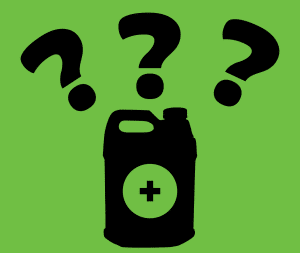
WINTER SALE | December 4-15: Get 15% off plus free shipping on orders over $49.99. Use code WINTERSALE23
Recent Posts

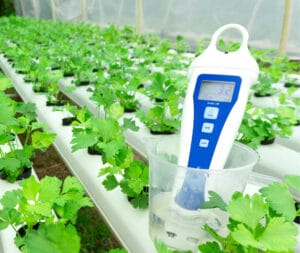
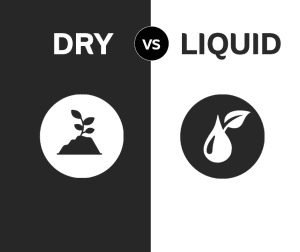

Upcoming Events
Latest Comments
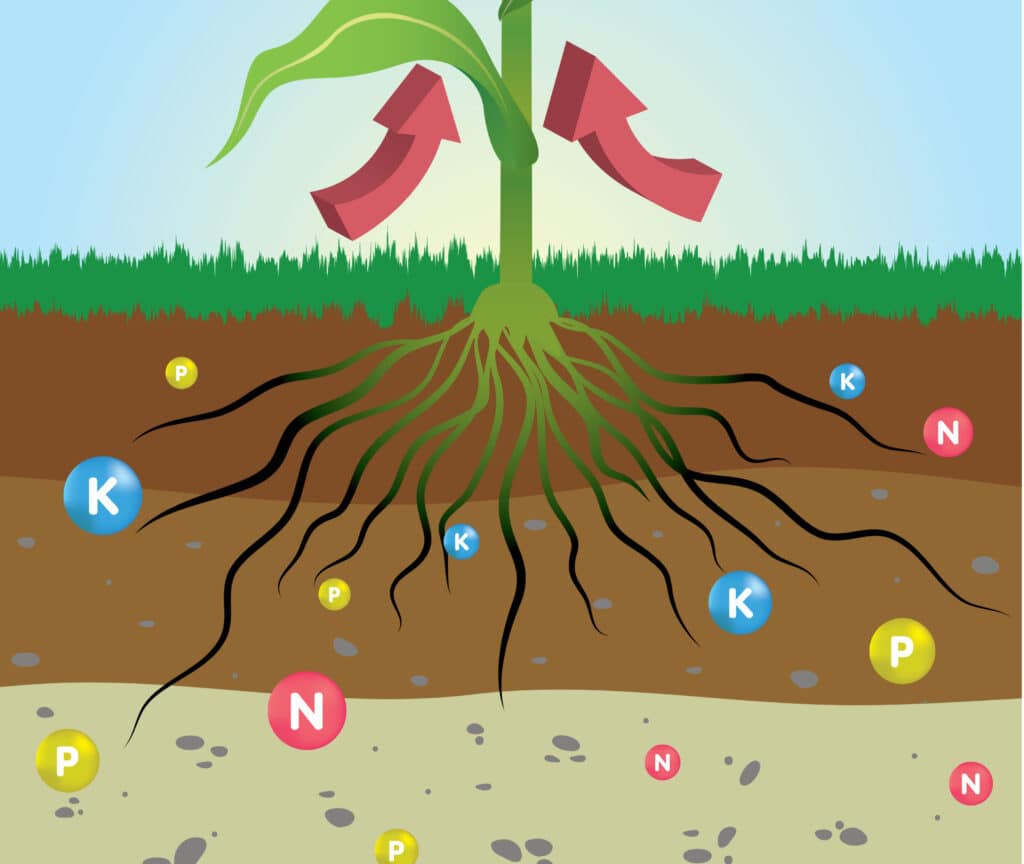

Making sure you are grabbing the proper bottle of fertilizer for your crop is as important as other factors in a garden that influence a successful harvest. But even choosing a high-quality nutrient doesn’t necessarily automatically equal success. In order to produce a consistently healthy crop, gardeners must understand the connection between plant biology and the factors available which can influence a successful outcome. Understanding this connection, even at its most basic level, can help gardeners achieve faster periods of growth, and heavier, more quality-focused yields. Throughout this article, we will be examining the parts of plant food, as well as tools available to gardeners that ensure nutrient availability across periods of growth and bloom.
N-P-K is an acronym for the most readily available macronutrients found in plant food. These important elements, nitrogen (N), phosphorus (P) and potassium (K), are the building blocks of plant nutrition and are an essential part of a plant’s diet throughout the periods of vegetative and flowering growth. Nitrogen, arguably the most important soluble macronutrient is responsible for creating the green parts in plant stems and leaf growth (Rienders, 2001, p. 108). Phosphorous and potassium, on the other hand, are utilized by the plant as energy, sugar, and essential oil carries, while also promoting plant disease and temperature hardiness, as well as early maturity and enhanced flavour and colour in flowering plants (Rienders, 2001, p. 108).

What’s even more important than understanding the parts of plant food, is realizing the potential these elements have under ideal conditions. The unit of measurement which directly affects the uptake of fertilizer in any hydroponic and soil-based system is the pH, or, the potential hydrogen of a given nutrient solution or substance. pH is the measurement of acidity or alkalinity in any given substance on a scale of 0-14, with 7 being neutral. In the field of gardening, however, pH is the main factor that dictates the uptake of nutrients in the root-zone; and so, depending on the pH of your plant’s medium and nutrient solution, your plants may uptake more or less of a specific element. Author of The Growers Handbook, David Robinson, dives deeper into the subject of nutrient uptake, availability and pH, by stating:

pH is an essential factor in the uptake of nutrients. While available nutrients remain fairly stable in regular soil, pH fluctuations in a hydroponic garden will dramatically affect whether nutrients are more or less available. Study the chart provided to understand how different nutrients are more or less available on different sides of the scale.
(Robinson, 2012, p. 14)
The chart that Robinson mentions can be found below; this guide illustrates a list of available elements that have the potential for uptake at various pH levels. As you can see, for plants, the “sweet-spot” for nutrient uptake seems to fall between the ranges of 6.0 – 6.5. At this level, plants have the ability to uptake essential macro-elements such as nitrogen, phosphorus and potassium discussed in the former half of this article. Furthermore, at an adequate pH range, plants have access to abundant sources of micronutrients which help ward off common deficiencies and lead to the faster and healthier development of new growth.
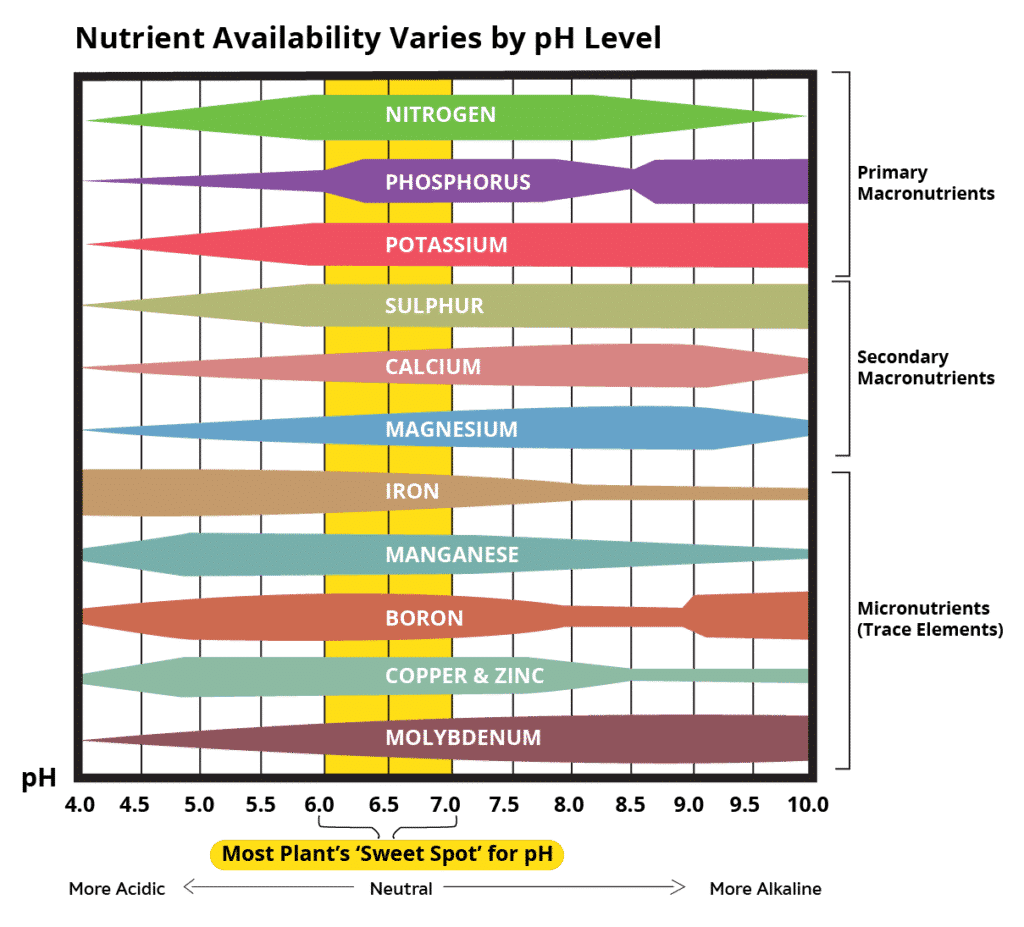
Another tool of measurement available to gardeners is PPM, or Parts Per Million, which measures the concentration of a nutrient solution (Robinson, 2012, p. 17). The affordances of this tool have led to some general conclusions about the tiers of feeding in the gardening community. For fruiting and flowering plants, for example, there is a general consensus regarding the scale at which plants in different stages of growth can be fed. Again, borrowing from The Growers Handbook, David Robinson illustrates this consensus in the lines:
In most situations, plants do not require a PPM any higher than 1400. Often the same results or better can be achieved without exceeding 1000 PPM. It is very important to know the requirements of the particular plant that you are growing. Some plants are heavy feeders while others can only handle moderate food levels. The size of the plant also plays a role in the amount of food needed. Obviously larger plants can handle more food while smaller plants cannot..
(Robinson, 2012, p. 18)
If you’re curious about acceptable tiers of feeding throughout the different stages of plant growth, consult the guide below for a general program (Robinson, 2012, p. 18).
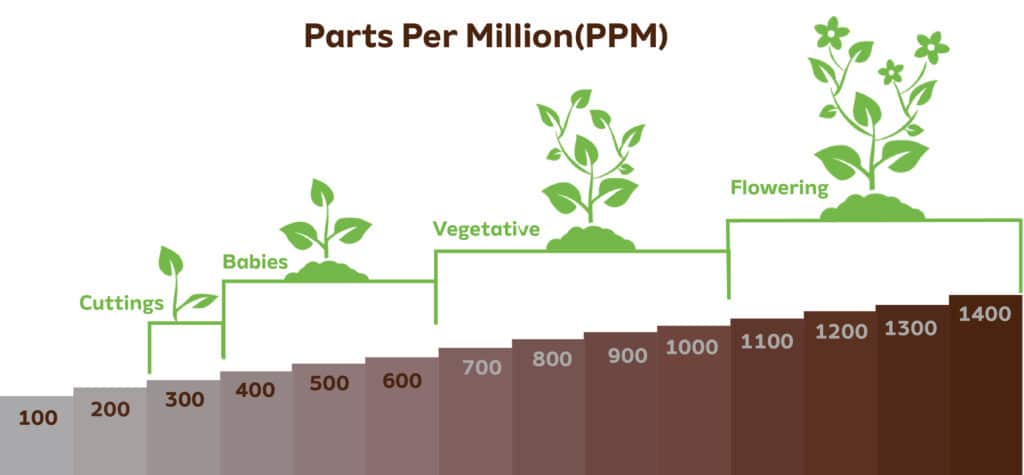
To maximize the rate at which your plant’s uptake available nutrients, combine the knowledge of this article in your daily gardening practices. First, make sure you’re using a nutrient system with a well-rounded N-P-K ratio. Second, measure and buffer the pH of your nutrient solution to maintain an acceptable range; as stated above, the most common range for steady nutrient uptake is between 6.0 – 6.5. Lastly, utilize available testing equipment to measure the inputs of your garden. PPM is one among many ways of testing the content of your nutrient solution, and is, as Robinson states, “your eyes when it comes to mixing a nutrient solution” (2012, p .19).
To ensure a clean, quality-focused crop, cover your bases with a GreenPlanet Nutrients feed program. To learn more about the base nutrient systems offered by GreenPlanet Nutrients, read the blog titled: Understanding the Parts of GreenPlanet Nutrients Base Fertilizer Programs. For all other inquires, contact a member of the GreenPlanet sales team, or your local garden supply store for product information and purchasing inquiries.

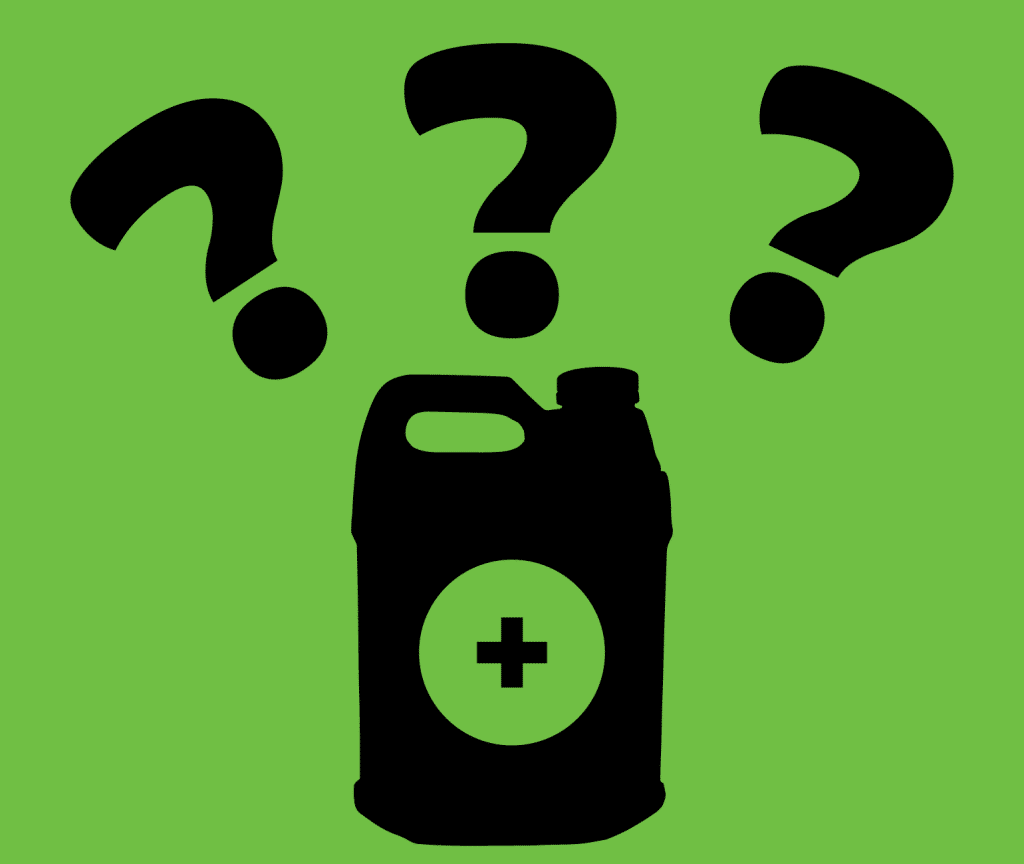
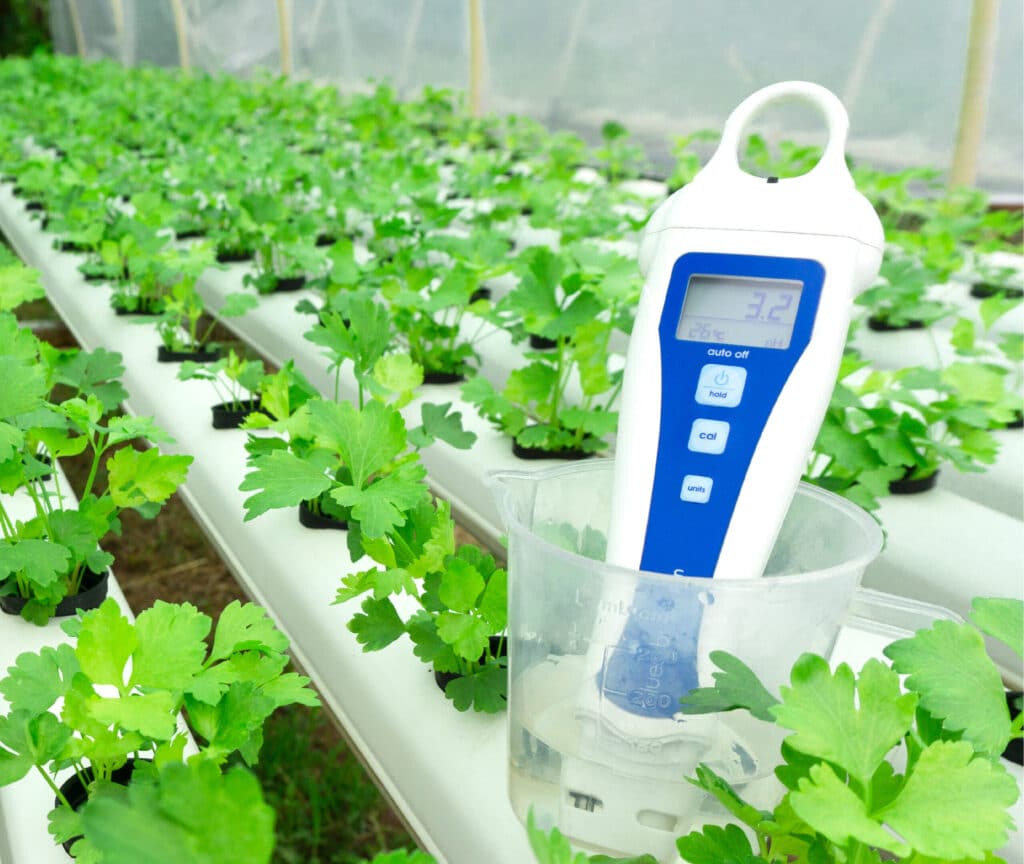
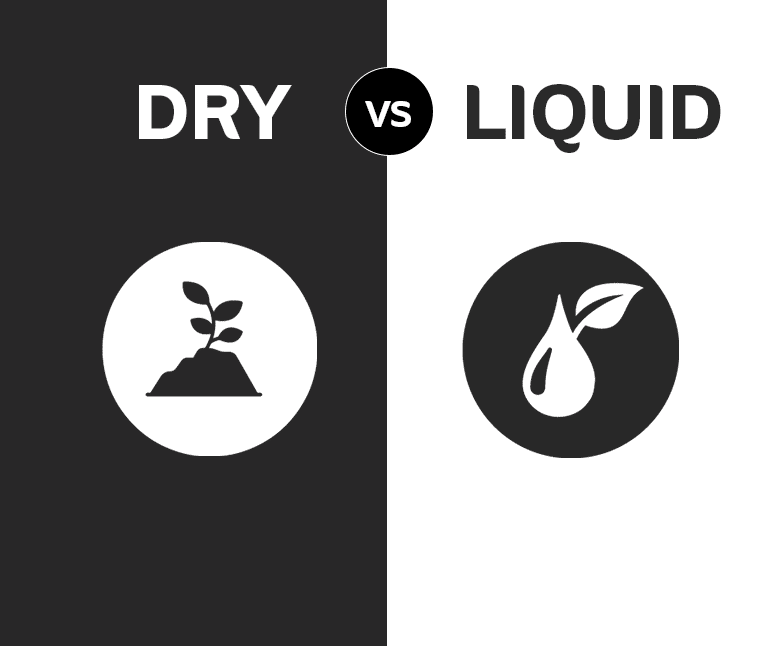
GROWERS
LEGAL
CONSUMER
ABOUT
CONNECT
NEWSLETTER
Monday: 8am – 4:30pm
Tuesday: 8am – 4:30pm
Wednesday: 8am – 4:30pm
Thursday: 8am – 4:30pm
Friday: 8am – 4:30pm
Saturday: Closed
Sunday: Closed
Week of Dec 18-22- Regular operating hours
Dec 25- Closed (Stat Holiday)
Dec 26- Closed (Non-Stat day off with pay)
Dec 27-29- Regular operating hours
Jan 1- Closed (Stat Holiday)
Jan 2-5- Regular operating hours
Recent Comments